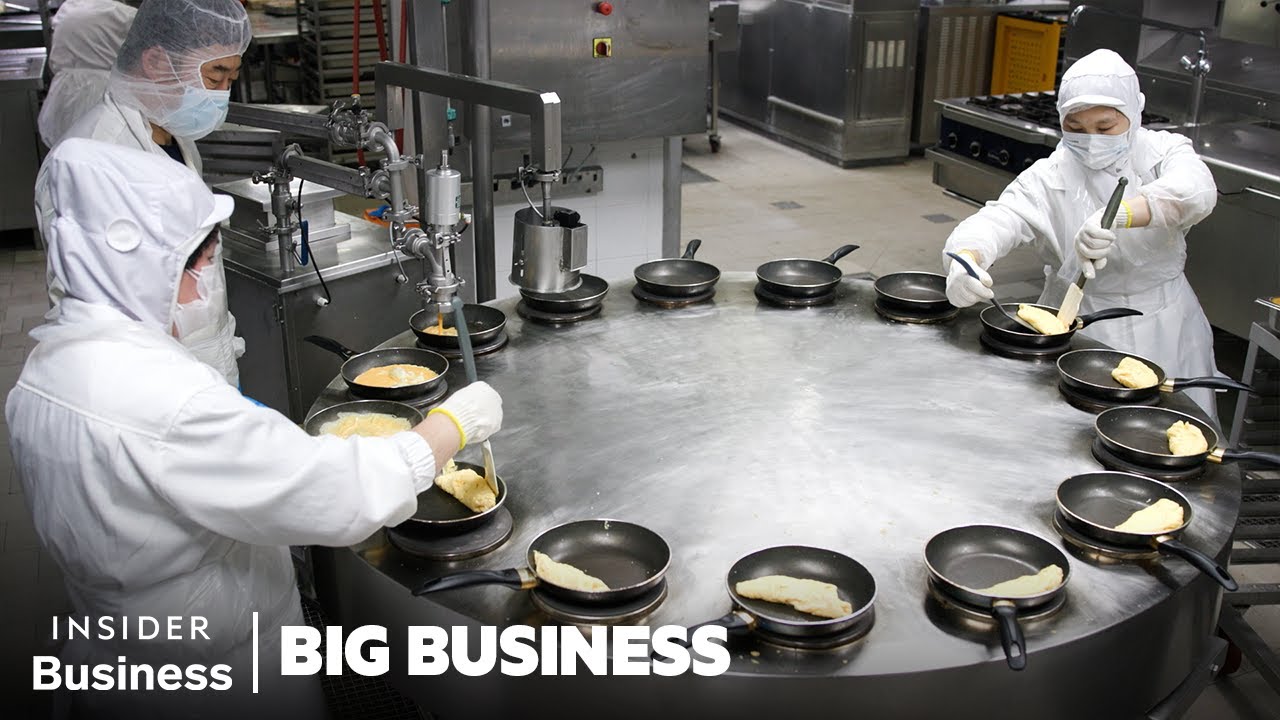We’ve seen emergence of cloud kitchens recently, specifically thinking of companies like Rebel Foods, but even in the few images that Rebel Foods publishes, it doesn’t look like the typical factory streamlined process. This video is one of the few things I could find, and even then I had to go out of my way to find it. Developments like these would really strengthen the working class by dropping the value of food.



It kind of exists in Japan, but not in America. There’s a large bento market there, so they have genuine factories that produce them. This one ekiben factory produces 2,000 onigiris and 8,000 bentos per day, for instance. Ekiben are usually somewhere around ¥1000. Food in Japan is cheaper than America in general. Although I think wages are lower too? Also they have a lot of vending machines. So as to why their food industry is the way it is, I have no idea. In the Soviet Union, their solution to the cooking problem was cafeterias.
Japan and much of east Asia also has strong cafeteria culture. Because schools, universities, and large workplaces tend to have cafeterias, it’s not uncommon for working people to have cafeteria food for lunch every weekday till retirement.
The key is that cafeterias are considered a cost to be subsidized rather than a profit making activity, which means that cafeterias serve reasonable quality food at good prices rather than barely nutritionally adequate slop prepared by the lowest bidder.
A Japanese friend of mine told me about how she went on exchange to an American university and was excited to try out the cafeteria plan she was forced to buy. She said that she ate there once and it was so awful that she immediately went to the student office to beg for a refund citing a fictional financial emergency.
I found a YouTube link in your comment. Here are links to the same video on alternative frontends that protect your privacy: